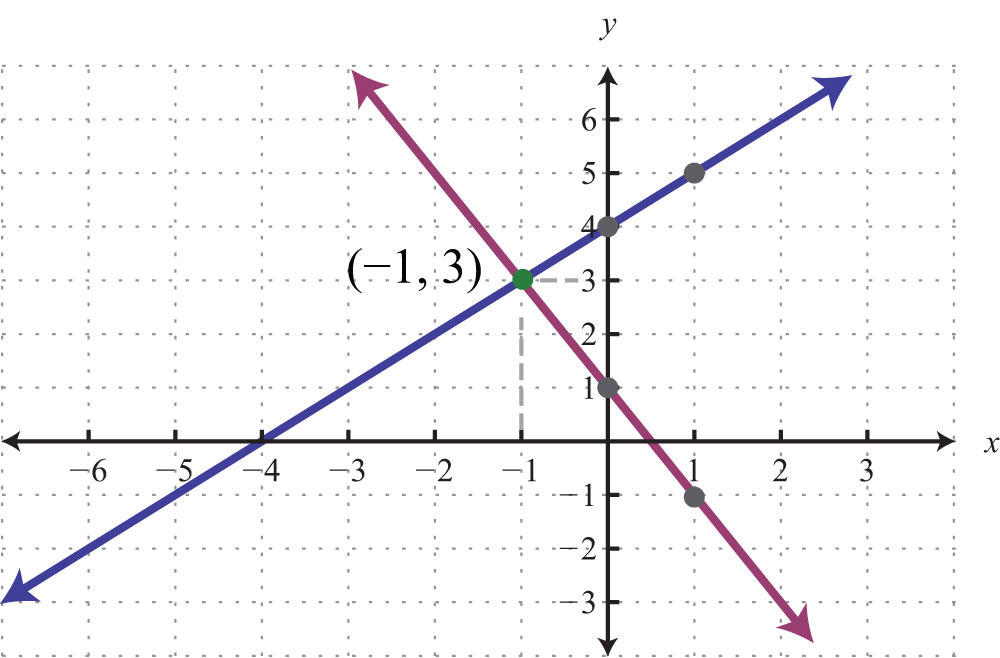1. What I understand from today's
lesson?
We have learned/discussed about:
a) Observation
-is the distinction of external virtue, since it is the contact of theory to the outside world
-is the source of the world’s input and guidance
over our describing and modeling.
-provides unaltered facts, it is different from
inferences which may be biased
-is an essential
aspect of scientific process
b) The importance of
observation
-observation is scrutinized
-empirical sciences
-the claims they make are contingent on what is going on in the world
-the decisive
and authoritative arbiter of truth in science
-empirists
reports of observation will serve as a common
ground of agreement for all participants
of science regardless of their theoretical or skeptical preconceptions
-intersubjective
& accessible by anyone and agreeable to everyone and as adjudicator
of theories-at least all agree on the observation
-Observation VS Inferences
Observation: facts, the unaltered
information from the world
Inference: danger of bias and the
products of thought could be more artifacts with NO correlation to the real
world
-Hope of Empiricist: reasonable observational claims
& unimpaired person will agree to
-observation must be on the observational report rather than on the physical event of sensation
(sensationalism-e.g. 6 sense)
c) Accountable
Observation
-science can make use of an observation only if it
is an accountable observation
-To be an accountable observation, we need to fulfill 2 aspects of
accountability:
i) Observation must be informative (account of something)
ii) Observation must be justified in
the sense of being certifiable (X
haphazard or uncontrolled)
- justify proper
conditions and procedures.
-A useful observation must be reported in an
informational form
Example of an informational from
Source: Google Image
-X described=USELESS evidence
-2 edges of accountability:
i) To contribute to science or knowledge (an
observation must be about something, must be informative, assertive,
propositional)
ii) The
observational report is accurately about
what it claims to be about
-Observational distortions that result from unsuitable conditions:
i) Observer may
be improperly attentive / too far away
ii) Viewing conditions may be too dark or littered
with obstructions
iii) May be interference
from outside sources causing a distorted
view
For Activity 1, 2 and 3, we had spent a lot of time
on discussing and summarize the main focus. For further explanation, please
refer to the padlet links below.
d) Activity 1: Observation
and it’s relationship with Theory
e) Activity 2:
Theory-Laden Observation
f) Activity 3:
Observing and Reading
2. What is the one thing I need help in?
I have learned
that “observations are agree by all”. So, what will happen if the observations
are not agree by all?
3. How am I
going to use this new knowledge to teach nature of science in the future?
When I am
going to teach my students, I will ask them to observe the changes and the end
products of the experiments. After that, they need to find some ways to record
down their observation such as table form or graph. This is because students
learn best through experiential learning. I believe that by memorizing the
facts and observations that have made or prepared by others does not promote
active learning.




